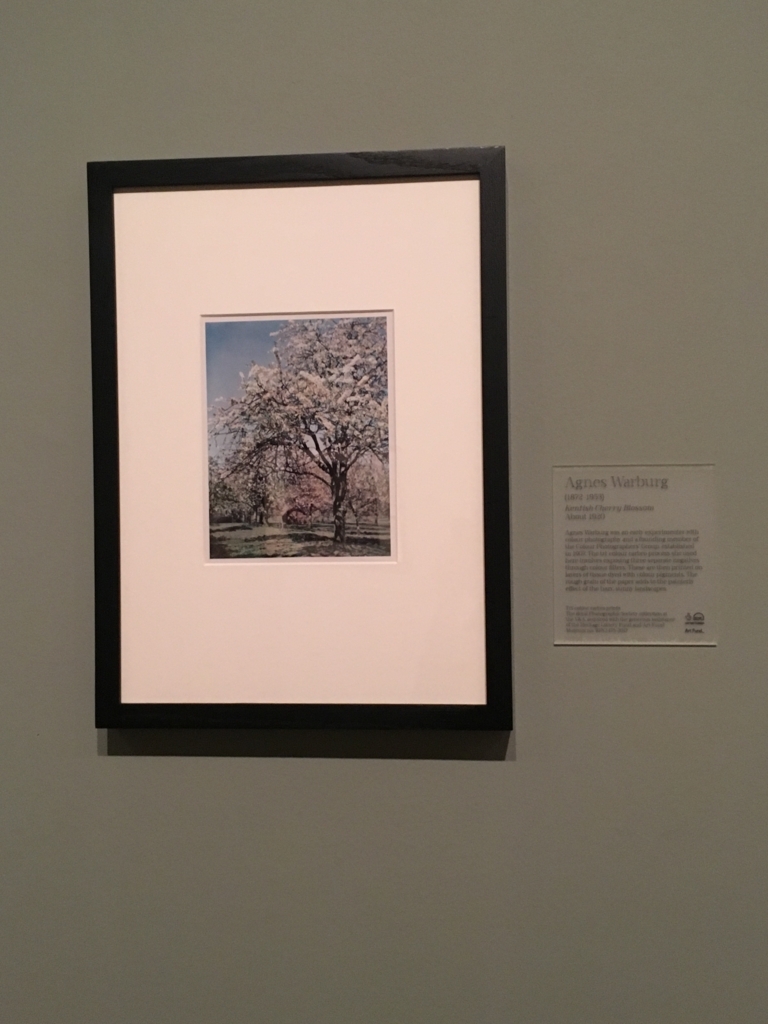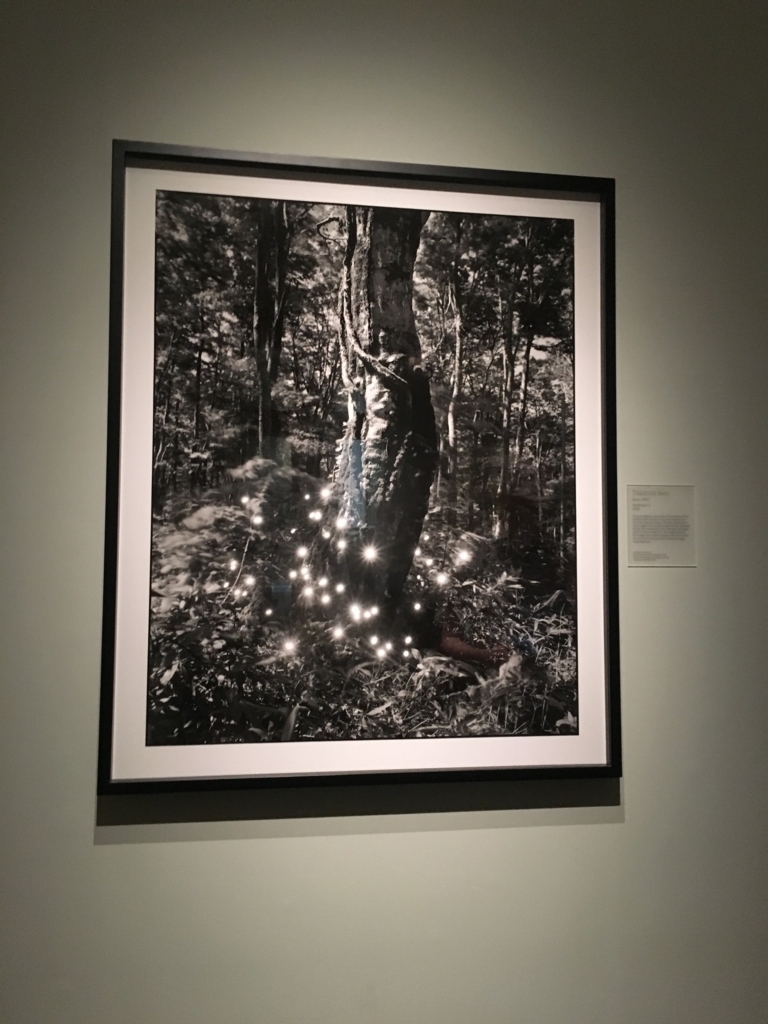V&A: Into the Woods: Trees in photography

Trees have long been a source of inspiration for artists. They can evoke a primal sense of wonder and the strong patters of their branches, bark and leaves consistently offer visually arresting subjects. When photography emerged in the mid 19th century, photographers recognized the potential of trees as a compelling source of imagery. While photographs of trees have served as botanical records, photographic artists have also looked to trees for creative expression.

Agnes Warburg (1872 - 1953), Kentish Cherry Blossom, about 1930
Agnes Warburg was an early experimenter with colour photography and a founding member of the Colour Photographers’ Group, established in 1907. The tri colour carbro process she used here involves exposing three separate negatives through colour filters. These are them printed on layers of tissue dyed with colour pigments. The rough grain of the paper adds to the painterly effect of the hazy, sunny landscapes.
Trees were among the first photographic subjects collected by this Museum as a learning resource for artists and designers. The V&A has continued to acquire photographs of trees in various contexts: within landscapes and forests, as lone subjects, in relationship to humans, in rural and urban settings, and as symbols of cultural significance.
As a photographic subject, trees hold a fascinating duality. They are constant in their long lifespans yet change with the seasons. Wild or cultivated, solitary or united, these contrasts offer photographers an abundance of possibilities.

Tokihiro Sato (b.1957), Hakkoda #2 2009: This photograph was made in the forest od the Hakkoda Mountains in northern Honshu on the main island of Japan. For Sato, these beech trees suggest the ancient origins of the Japanese people and represent both masculine strength and feminine sensitivity. The bright spots in the image were created using a mirror to reflect the sun’s rays back into the camera during a long exposure.
While I was running two ideas of the Objects/Space project, one was a cat café, another one was looking at blossom cherry trees, I focused on the specific blossom time of cherry trees. Due to its special meaning behind, and the idea comes from Buddhist, the time of blossom represents each person’s entire life as well as reflecting what we could do within the limited time. My tutor suggested the exhibition could be the research material of tree project. Ending up going to see the exhibition which involved both vintage and contemporary photographs, in the display room, they use low light to protect those valuable prints, it’s understandable but bringing about hardly reading the text alongside each print as well as the exhibition introduction, they designed the shape of tree as text background which is the biggest downside of designed installation. Not only noticing how they presenting the exhibition, but also I find those photographers who take trees as their subject, the way they look it and their perspective on trees are interesting, expressing the meaning of tress for them. Another I learn from it is different name of prints, such as gelatin silver print, c-type print, platinum print, which I could see the comparison of applying on those print paper and its effect, I think I might do some research to get familiar with the function and benefit of those print paper.
Reference: